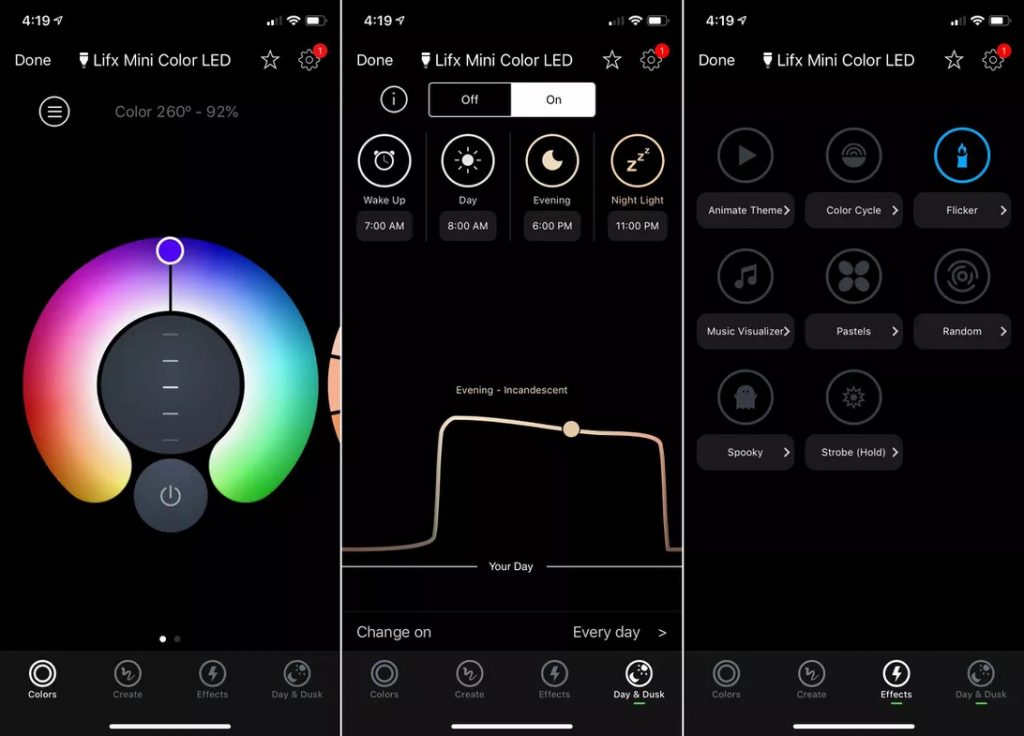


Needless to say, the use of emerging wireless communication protocols, mesh networking and master / slave communication roles interested the hacker in us, so we picked up a few bulbs and set about our research. This architecture requires only one bulb to be connected to the WiFi at a time, which has numerous benefits including allowing the remaining bulbs to run on low power when not illuminated, extending the useable range of the bulb network to well past that of just the WiFi network and reducing congestion on the WiFi network. In the event of the master bulb being turned off or disconnected from the network, one of the remaining bulbs elects to take its position as the master and connects to the WiFi network ready to relay commands to any further remaining bulbs. This “master” bulb receives commands from the smart phone application, and broadcasts them to all other bulbs over an 802.15.4 6LoWPAN wireless mesh network. In a situation where multiple bulbs are available, only one bulb will connect to the network. LIFX bulbs connect to a WiFi network in order to allow them to be controlled using a smart phone application.

The LIFX project started off on crowd funding website Kickstarter in September 2012 where it proved hugely popular, bringing in over 13 times its original funding target. This blog post was originally published on the Context Information Security blog at. We chose to investigate this device due to its use of emerging wireless network protocols, the way it came to market and its appeal to the technophile in all of us. The subject of this blog, the LIFX light bulb, bills itself as the light bulb reinvented a “WiFi enabled multi-color, energy efficient LED light bulb” that can be controlled from a smartphone.


 0 kommentar(er)
0 kommentar(er)
